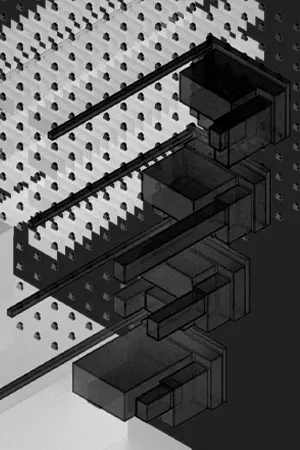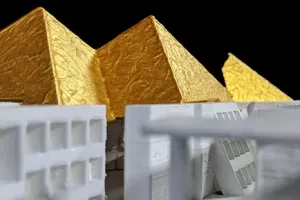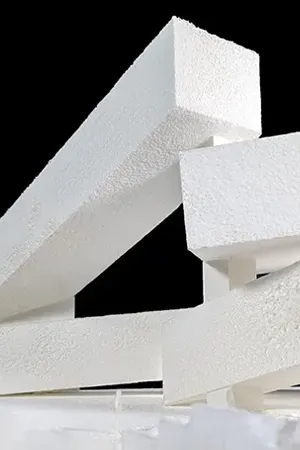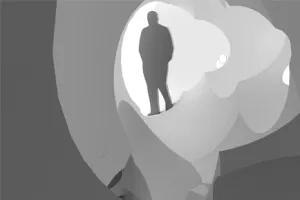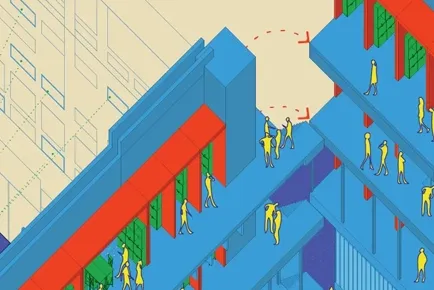
Unfolding Kurashiki
This proposition was part of the Knowlton School of Architecture's Master Project Seminar, under the guise of Curtis Roth and Ashley Schafer. The project is part precedent research, part critical analysis, and part re-imagining.
Town and city halls are always within the purview of skeptics.
At the local scale, these are large government projects are emblematic of a community’s social values, aspirations, and desire to grow… until they are not. Town halls always stand for something, but that something evolves with time, resulting in architecture that does not live up to the ideals of the people it is supposed to represent. Town halls become symbols of a bygone age, of the old administration, of different times. Architecture cannot always respond to these kinds of changes, leading to repurposing, abandonment, or demolition and outright reconstruction. Architecture should be able to adapt. Town halls, expressive of something in a constant state of flux, should be able to adapt.
Kenzo Tange’s original proposal for the Kurashiki City Hall included a precast modular infill system that would have given the building the ability to adapt over time. Budget constraints forced Tange into producing a concrete shell. A couple decades after its completion, the project was repurposed into an art gallery. Though the entire project was not well documented, the alternate, modular version of Kurashiki was never revealed.
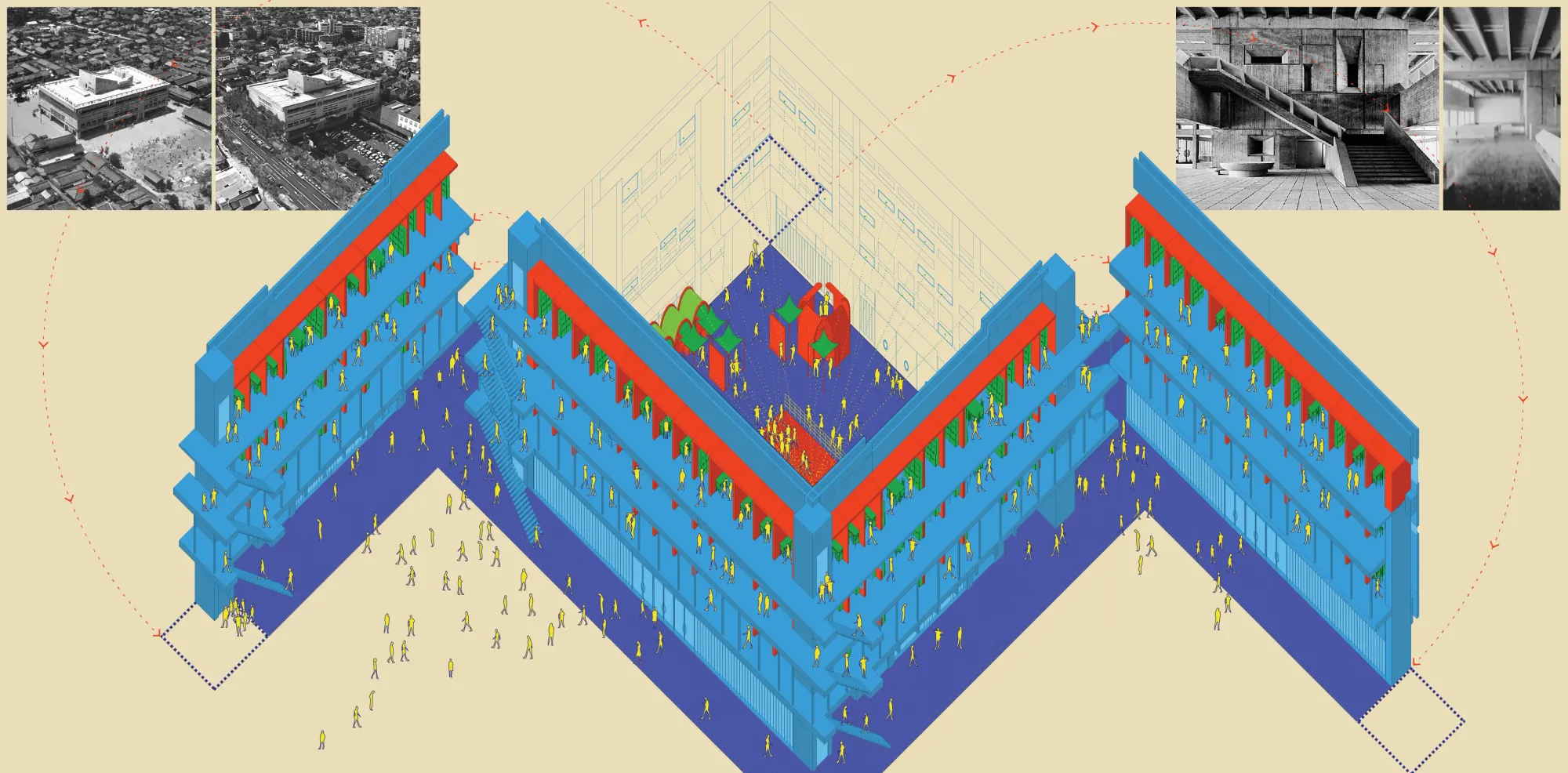
This proposition begins with a speculation on a modular infill for the former City Hall. This new project can adapt with time and, as a result, it is suggested that this polyvalent Kurashiki would have never been repurposed. Between its initial construction and today, one assumption being made is that all the surrounding developments in the city proceeds as normal. The city continues to develop, and the ideals and needs of the public develop as well.
In 1960, the building aspired to build a relationship to the city around it with a public plaza and public amphitheater outside. The construction ensured longevity which inspires growth in the people. The centralized atrium and grand stair emphasized a ritualistic sequence between the public and their officials. The position of the councilors themselves are elevated and hidden, observing the city they govern from on-high.
In 2020, governments are often seen as more oppressive than representational. Less and less consensus is established throughout our civic lives. The security of public buildings creates physical and pedagogical boundaries between the public and their representatives.

The urban fabric around the Kurashiki City Hall closed in. The plaza and amphitheater were developed into parking lots. The town hall must react by creating its own space for the public. The grand stair and ritualistic sequence prop up the power of the government - it must be broken down into decentralized and more accessible components. The councilors observed the city from a closed-off location - they must be brought low. If the councilors are to be the representational body of the people of Kurashiki, their operations must be as accessible as they are transparent.
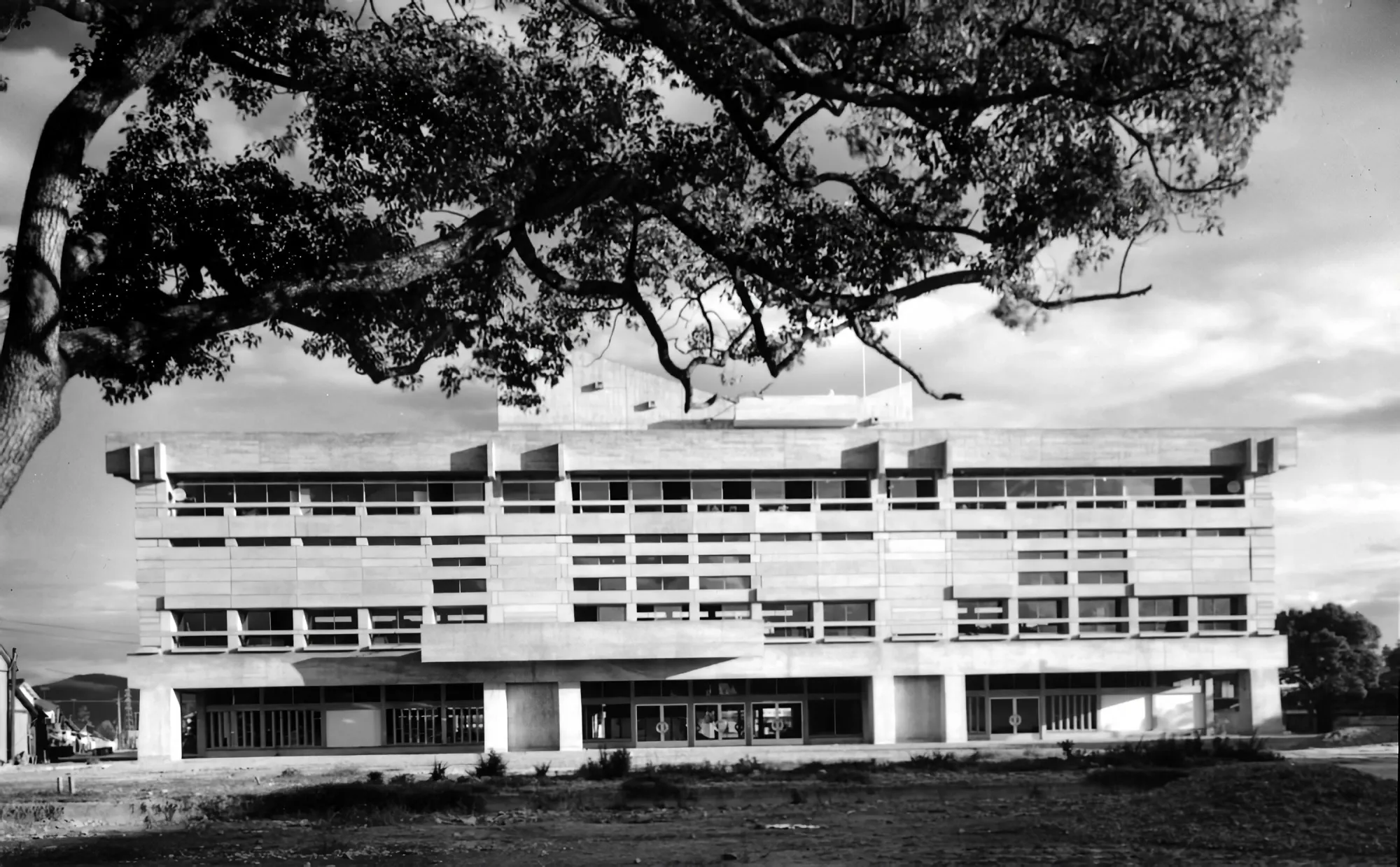
PROJECT INFO
ARCHITECT: KENZO TANGE
COMMISSIONED: 1956
COMPLETED: 1960
REMODELED INTO MUSEUM: 1983
LOCATION: KURASHIKI, OKAYAMA, JAPAN
SITE SQUARE FOOTAGE: 887,893
FOOTPRINT SQUARE FOOTAGE: 22,475
PROJECT SQUARE FOOTAGE: 77,981
BUILDING LENGTH: 180 FT
BUILDING HEIGHT: 85 FT
PRIMARY MATERIALS: CONCRETE, STEEL, PREFABRICATED, FACTORY-MADE INFILL.
BIBLIOGRAPHY
WRITTEN
Stewart, John. Twentieth Century Town Halls. 2019
Jencks, Charles. Adhocism: The Case for Improvisation. 2013
Tange, Kenzo. The Japan Architect. 1961
Ring, Alexander. Polyvalent Adaptation: Design in a Temporal Context of Uncertain High-Risk Futures. 2017
Lin, Zhongjie. Kenzo Tange and the Metabolist Movement. 2010
Boyd, Robin. Kenzo Tange. 1962
Banham, Reynder. Age of the Masters. 1962, 1975.
Genadt, Ariel. Three Lessons from Japan on Architectural Resilience. 2019
Leupen, Bernard. Polyvalence, a concept for the sustainable dwelling. 2006
About the Museum. (n.d.). Retrieved from https://www.city.kurashiki.okayama.jp/14669.htm
VISUAL
[1] Buildings many people didn’t even know they were existing (n.d.) Retrieved from https://community.simtropolis.com/forums/topic/64240-buildings-many-people-didnt-even-know-they-were-existing/?page=6
[2] Google Maps
[3] Banham, Reynder. Age of the Masters. 1962, 1975.
[4] Cropped image of photo by Taro Yamada via Google Maps.
[5] [above] Kurashiki City Art Museum(Former Kurashiki City Hall). (n.d.). Retrieved from https://en.tangeweb.com/works/works_no-20/
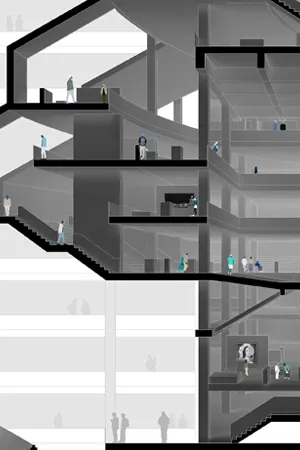

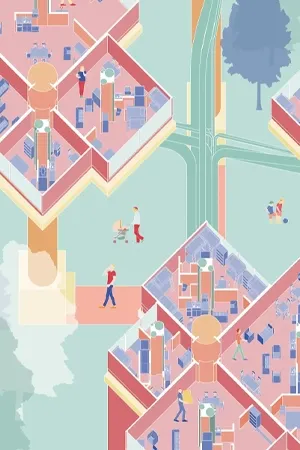
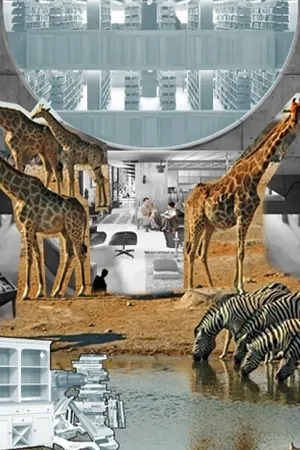
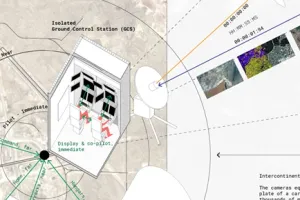
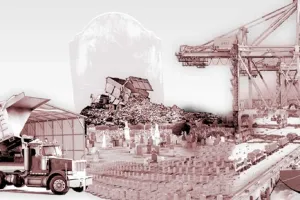
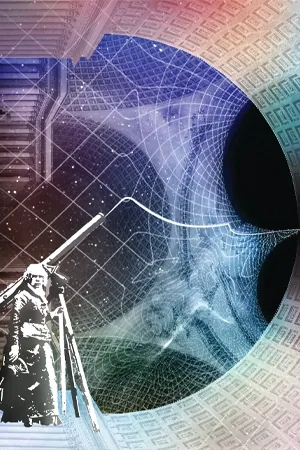



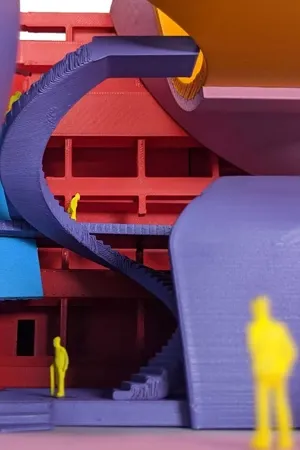
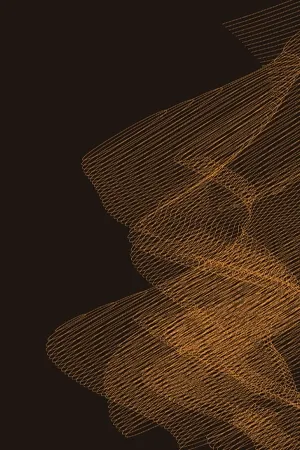
![[Conserv/Labor]-atory](/content/images/size/w300/2024/03/interior-high.jpg)
